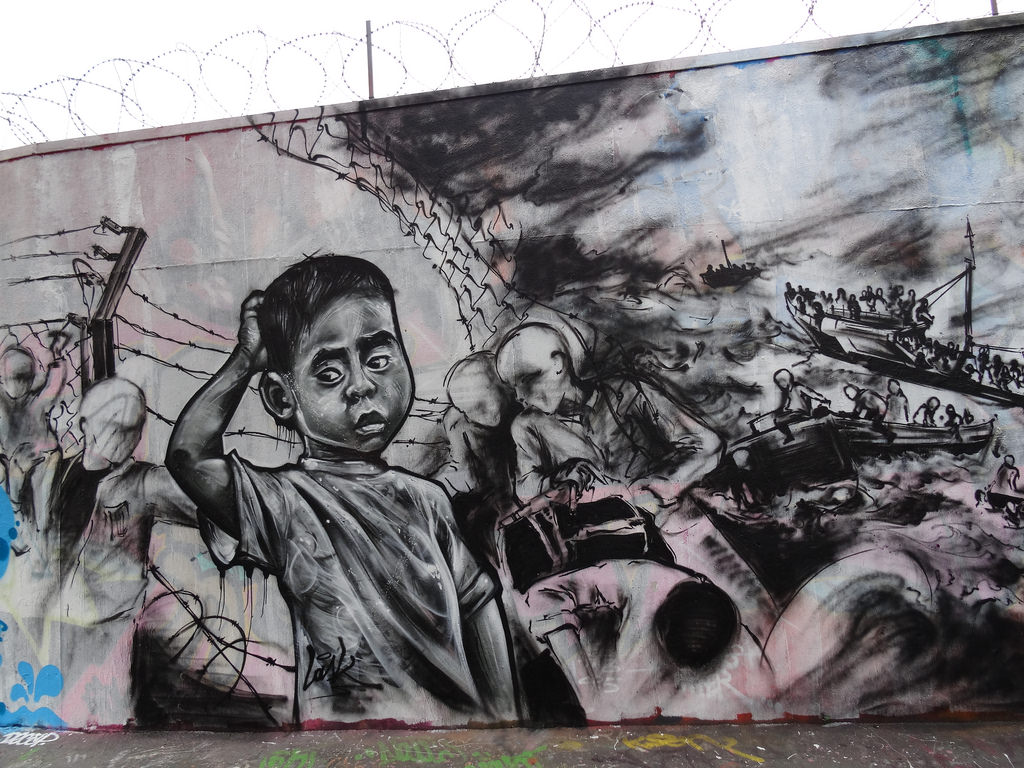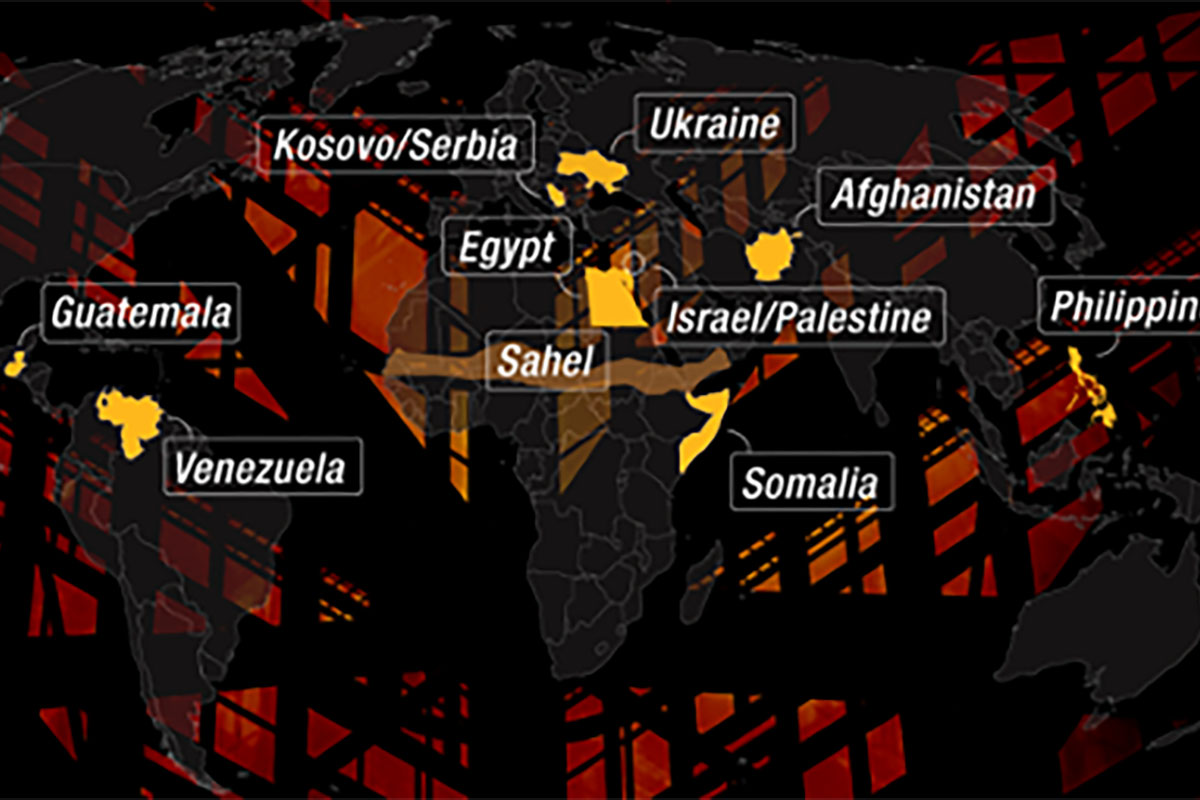“Principles behind humanitarian intervention”
June 22nd, 2017 The world counts on humanitarian intervention when human rights are violated. Here, Abhay Shah, 18, a Commonwealth Correspondent from Siliguri in India, looks at how the imperative for humanitarian intervention flows from the principle of “responsibility to protect”, and what that means for policy and assessing need for action.
The world counts on humanitarian intervention when human rights are violated. Here, Abhay Shah, 18, a Commonwealth Correspondent from Siliguri in India, looks at how the imperative for humanitarian intervention flows from the principle of “responsibility to protect”, and what that means for policy and assessing need for action.
Humanitarian intervention is the state of use of “military force” for ending violation against human rights by another state. This definition may be too narrow, as it precludes non-military form of intervention such as humanitarian aid and international sanctions. On border intervention, it means to encompass non-forcible methods, namely intervention undertaken without military force, to alleviate mass human suffering within another’s sovereign borders.
Humanitarian intervention involves threat and use of military forces as a central feature.
It is an intervention in the sense that it entails interfering in the internal affairs of the state by sending military forces into the territory or airspace of the sovereign state that has not committed an act of aggression against another state.
As well, the interventions are in response to a situation that does not necessarily pose direct threat to states strategic interests. Instead, is motivated by humanitarian objectives.
A related principle that must be considered is the responsibility to protect.
Responsibility to protect is a global political commitment that was endorsed by all states of the United Nations at the 2005 World summit to prevent genocide, war crimes, ethnic cleansing and crime against humanity.
Faced with humanitarian crises such as those occurring in Syria and Mali today, and in Libya in 2011, the responses of the International community has not been consistent. It raises many questions in regard to both its adequacy and its legal foundation.
The failure of the international community to adequately respond to the humanitarian crises of the early 1990s, especially in Rwanda and in the former Youglasavia, has led to the formation of “Responsibility to Protect” (R2P), which expands the pre-existing notion of humanitarian Intervention.
It has been observed by some that today, Responsibility to Protect has just become another name for humanitarian intervention. We are forgetting that R2P is present in the charter of the UN; yet Responsibility to Protect is not being utilized to its fullest capability. There are various drawbacks in R2P. Therefore, we need a solution to be implemented so that R2P will be practiced more strictly, especially in the instances where there are drawbacks when we talk about humanitarian intervention. We as youth leaders need to think about the minimal conditions required before practicing humanitarian intervention.
I believe that we should follow some rules so that we can create and sustain peace. For example, the countries involved in any tensions should be required to participate in peaceful sittings before they could opt for humanitarian intervention. The talks should be judged by the International Court of Justice. The main priorities of the talk should be to negotiate and prevent the countries in growing their aggression against one another.
A committee must be established, the members of which will represent every nation willing to accept policies that will look into the working and execution of the Responsibility to Protect principles.
The participating countries should also prohibit the use of non-renewable sources of energy, and focus on promoting development of the nations and the “world” at large.
Finally, there should be an increase in the scope of Responsibility to Protect, in that it would only not be responsible for protection of human rights, but also the right or protection of the environment. This will play an integral role in international relationships and would turn out to be productive and beneficial for the world.
The policies outlined above would surely be fundamental and play a vital role in supporting R2P., and also would contribute to establishment and spreading of peace.
Reach me on Twitter https://twitter.com/Abhay_Shah03
photo credit: Jeanne Menjoulet Across the see and across the barbed wire via photopin (license)
…………………………………………………………………………………………………………………
About me: I am studying at Sacred Heart School, where I have been prefect for two years and am pursuing Human Resource and Management. I enjoy public speaking, and in collaboration with the Rotary Club have formed Interact Club, which sponsors projects health and education projects for underprivileged children. My purpose is not to create people in my own image, but to develop people who can create their own image and move on. I believe in “collaboration and not competition”.
…………………………………………………………………………………………………………………
Opinions expressed in this article are those of the author and do not necessarily represent the views of the Commonwealth Youth Programme. Articles are published in a spirit of dialogue, respect and understanding. If you disagree, why not submit a response?
To learn more about becoming a Commonwealth Correspondent please visit: http://www.yourcommonwealth.org/submit-articles/
…………………………………………………………………………………………………………………




